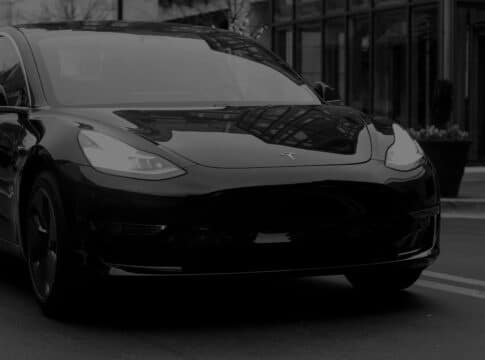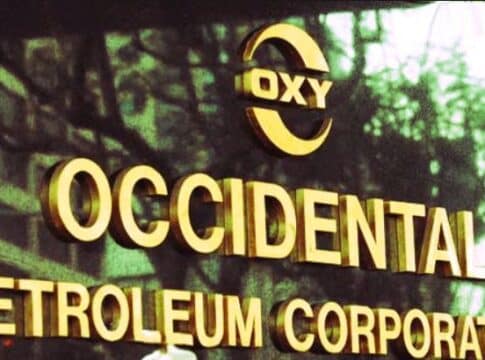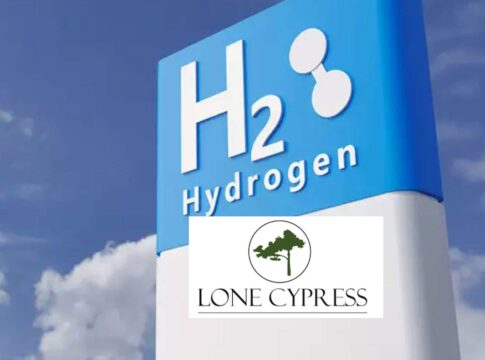The Discovery of Hydrogen as a Power Source was Over 200 Years Ago
He referred to it as “inflammable air” due to its highly explosive properties.
At the same time, the French chemist – Antoine Lavoisier – was also studying this unique element.
It was Lavoisier who is credited with naming “hydrogen” in 1783 – basing it from the Greek word’s “hydro” (meaning water) and “genes” (meaning forming) because hydrogen gas forms water when combined with oxygen.
These two men were essentially the pioneers of hydrogen. And set the foundation for future scientists to find creative ways to use it.
Later in 1839, the Welsh scientist – Sir William Grove – discovered the early principles of fuel cells and how hydrogen and oxygen would generate electricity and produce only water as a byproduct.
In fact, he developed the first working fuel cell nearly 200 years ago – known as Grove’s “Gas” Battery.
Grove even installed this early-fuel cell to power a small carriage, creating the first fuel-cell powered vehicle.
And even though this was a groundbreaking discovery, the boom in petroleum and gasoline took off during the second industrial revolution (1870 to 1970) on the back of the internal combustion engine for automobiles.
Petroleum-based fuels offered lower costs, established infrastructure (refiners, gas stations, etc), and economies of scale that hydrogen fuel cells couldn’t.
Thus the gas-powered automobile boom spread like wildfire, and hydrogen powered automobiles were left behind.
But they weren’t forgotten…
One Giant Leap For Mankind: NASA Rediscovers Hydrogen Power
After years of researching fuel cell technology, NASA began using it to power spacecrafts and space shuttles in the 1960s due to its high efficiency and the zero-emissions (which was essential in the closed environments of space missions).
The Apollo Space Missions saw fuel-cells played major parts in powering spacecrafts – including the historic Apollo 11 mission in July 1969 when Neil Armstrong landed on the moon.
Not long after witnessing fuel cells being used to power spacecrafts, the automobile industry began showing much more interest.
See, the 1970’s was a critical year for auto manufacturers in two big ways.
The oil-embargos – when Saudi Arabia and OPEC curbed oil exports to the U.S. – saw gasoline prices soar over 600% between 1973 and 1980.
And there were growing concerns about environmental damage and global warming caused by greenhouse gas emissions (GHG) from fossil fuels.
These two things sparked interest in alternative fuels – including hydrogen.
But of course, oil and fossil fuel companies – such as coal – didn’t like this.
And throughout the same period, these companies were pushing propaganda that climate change wasn’t happening.
For example, in 1991, Informed Citizens for the Environment, a front group of coal and utility companies announced that “Doomsday is cancelled” and asked, “Who told you the earth was warming … Chicken Little?”
Regardless, governments and automobile companies began aggressively researching and exploring fuel cells as solutions for reducing dependence on gasoline and curbing emissions.
Throughout the 1980s and 1990s, significant development efforts were made to improve fuel cells and hydrogen storage methods.
Automakers and governments began investing in hydrogen powered vehicle prototypes and projects.
In 1998, Iceland announced plans to create a hydrogen economy – converting all public transportation vehicles to fuel cells.
In 1999, Germany introduced the first commercial hydrogen refueling station.
Even President George W. Bush became so bullish on hydrogen cars that in 2003, he announced $1.2 billion for research and investment into hydrogen to help ‘lead the world in developing clean, hydrogen-powered automobiles.’
“With a new national commitment, our scientists and engineers will overcome obstacles to taking these cars from laboratory to showroom so that the first car driven by a child born today could be powered by hydrogen, and pollution-free,” President Bush said in his 2003 State of the Union address.
It looked like this was going to be the dawn of the era of hydrogen powered vehicles and infrastructure.
And while progress in hydrogen powered cars was ramping up on the back of these government incentives, it was cut short in 2009.
The Obama administration slashed the hydrogen research funding, claiming that the technology wouldn’t be practical for another 10 to 20 years. Instead, they focused on electric vehicles (EVs) and hybrids.
And this posed a problem…
Because while hydrogen vehicles were becoming more commercially efficient, there was still extremely limited infrastructure behind it.
For example, hardly any investment in fueling stations or hydrogen transportation had been made to power the small number of fuel cell vehicles on the road.
This prevented hydrogen and fuel cell vehicles (FCVs) from spreading as the combustion engine did 100 years prior.
But this all changed since 2020…
Disclosure: Owners, members, directors and employees of carboncredits.com have/may have stock or option position in any of the companies mentioned: AMLI
Carboncredits.com receives compensation for this publication and has a business relationship with any company whose stock(s) is/are mentioned in this article
Additional disclosure: This communication serves the sole purpose of adding value to the research process and is for information only. Please do your own due diligence. Every investment in securities mentioned in publications of carboncredits.com involve risks which could lead to a total loss of the invested capital.
Please read our Full RISKS and DISCLOSURE here.
The post The Discovery of Hydrogen as a Power Source was Over 200 Years Ago appeared first on Carbon Credits.



